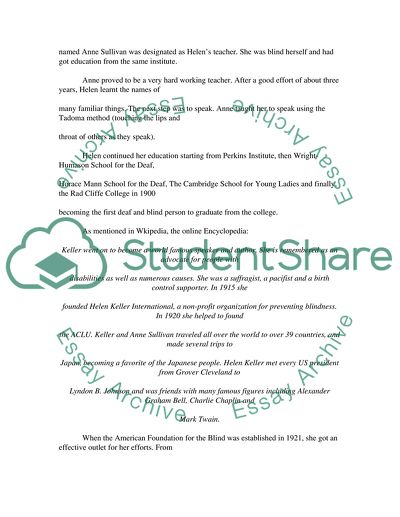Cite this document
(“Deaf History and Culture Essay Example | Topics and Well Written Essays - 1250 words”, n.d.)
Deaf History and Culture Essay Example | Topics and Well Written Essays - 1250 words. Retrieved from https://studentshare.org/history/1540659-deaf-history-and-culture
Deaf History and Culture Essay Example | Topics and Well Written Essays - 1250 words. Retrieved from https://studentshare.org/history/1540659-deaf-history-and-culture
(Deaf History and Culture Essay Example | Topics and Well Written Essays - 1250 Words)
Deaf History and Culture Essay Example | Topics and Well Written Essays - 1250 Words. https://studentshare.org/history/1540659-deaf-history-and-culture.
Deaf History and Culture Essay Example | Topics and Well Written Essays - 1250 Words. https://studentshare.org/history/1540659-deaf-history-and-culture.
“Deaf History and Culture Essay Example | Topics and Well Written Essays - 1250 Words”, n.d. https://studentshare.org/history/1540659-deaf-history-and-culture.


